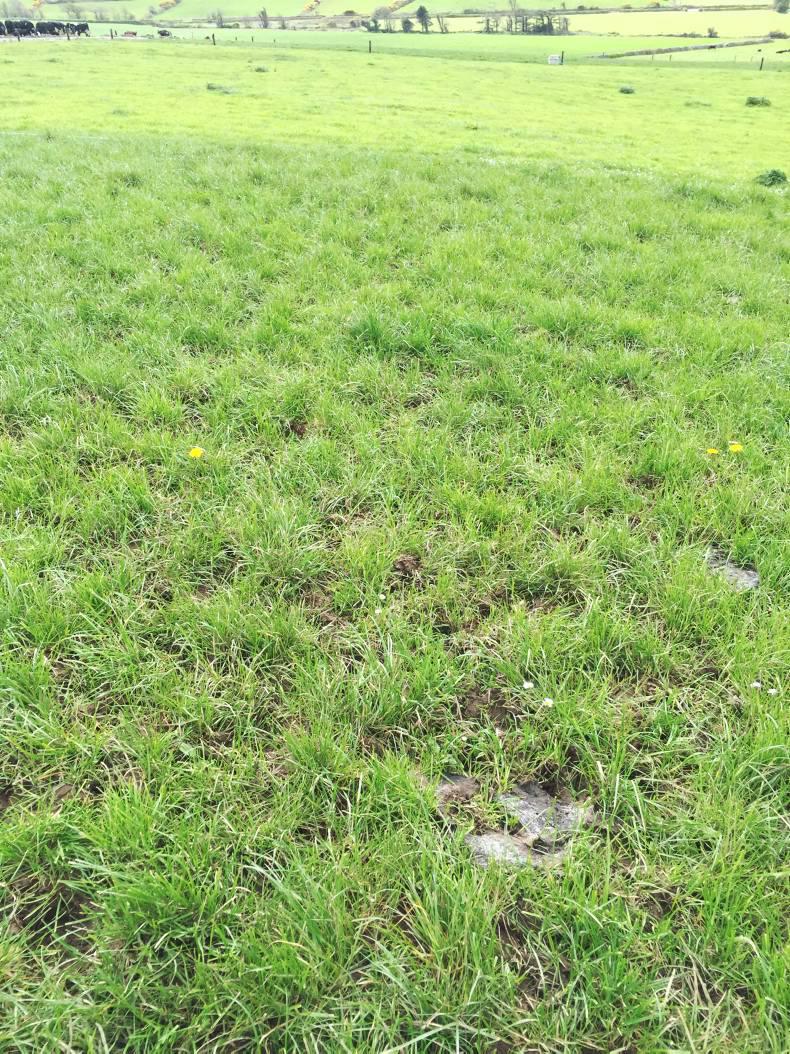Breeding: Many farms are approaching the three-week mark since the start of AI. Count up how many cows were served in the first 24 days. It should be close to 90% of the herd. At this stage though, these figures are only academic – it’s about making sure that the cows not yet served, and any repeats, are picked up in the next three weeks. Most of the cows not served, and that are calved more than 30 days, will have been cycling but were missed for whatever reason. Because bulling activity will decrease from now on, it will be harder to pick up cows in heat. Some farmers are letting out vasectomised bulls with chin balls as an aid. However, for large herds, this may not be very practical. Your best bet is to keep the tail paint topped up twice a week and increase the amount of observations between now and the end of the AI period. It is important to keep the focus on breeding, especially when there are distractions such as silage, reseeding and fine weather activities.
Calves: At this stage, all replacement heifer calves should be off milk and on the best-quality grass. Late-born calves still on milk are always going to be behind and you would have to question what they are contributing to the farm by having them around. It is OK if you are in a rapid expansion mode but the hassle, effort and cost in trying to get them up to target weight and calving in February 2018 is hardly worthwhile. On dosing, delay the first dosing of calves for as long as possible. In a study done in Moorepark last year based on faecal samples, it was found that most calves didn’t require dosing until mid-June. Meal feeding to calves is entirely optional at this stage. For ease of herding, most will feed 1kg of meal. Soya hulls or rolled barley are the cheapest options.
Soil Fertility: Soils require 0.5t/acre of lime per year to replace offtakes and leaching. The target pH is 6.3 on most soils and this is critical for the release of other nutrients in the soil. It is the cheapest fertiliser available, so more of it should be spread. Use soil samples as guidance about where to spread, but if no soil samples are available, take it as a given that your soils are low. Do up a plan to get some spread this summer, ideally after silage is taken or the field is grazed.
At the Greenfield open day yesterday, a startling new statistic about phosphorus was announced. To increase soil phosphorus by 1mg/l, you need to be spreading 50kg/ha of phosphorus over and above what phosphorus is required for maintenance. This is a huge amount of phosphorus to lift soil fertility by only a small amount and it highlights the utter inadequacies of the current legislation on phosphorus use. So, to go from a soil phosphorus of 4mg/l (mid-range of Index 2) to 8mg/l (higher end of Index 3), would require 200kg/ha of surplus phosphorus for buildup. The Greenfield Farm, by complying with the Nitrates Directive, only has 8kg/ha of surplus phosphorus available each year.






 This is a subscriber-only article
This is a subscriber-only article










SHARING OPTIONS: